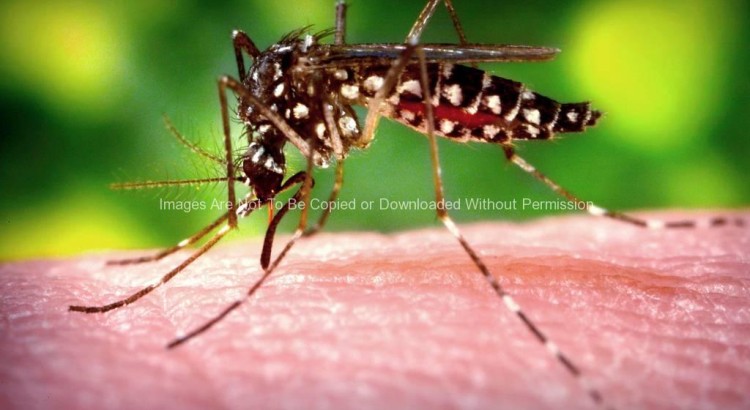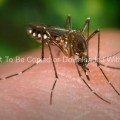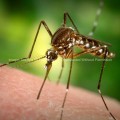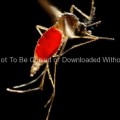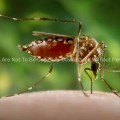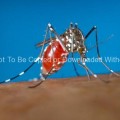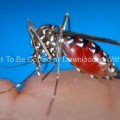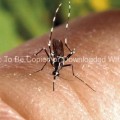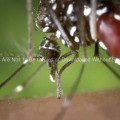This image depicted a female Aedes aegypti mosquito as she was obtaining a blood-meal from a human host through her fascicle, which being transparent, reflected the blood’s red color. As it filled with blood, the abdomen became distended, thereby, stretching the exterior exoskeletal surface, causing it to become transparent, and allowing the collecting blood to become visible as an enlarging intra-abdominal red mass.
DF and DHF are primarily diseases of tropical and sub-tropical areas, and the four different dengue serotypes (DEN-1, DEN-2, DEN-3, and DEN-4), are maintained in a cycle that involves humans and the Aedes mosquito. However, Aedes aegypti, a domestic, day-biting mosquito that prefers to feed on humans, is the most common Aedes species. Infections produce a spectrum of clinical illness ranging from a nonspecific viral syndrome to severe and fatal hemorrhagic disease. Important risk factors for DHF include the strain of the infecting virus, as well as the age, and especially the prior dengue infection history of the patient.
